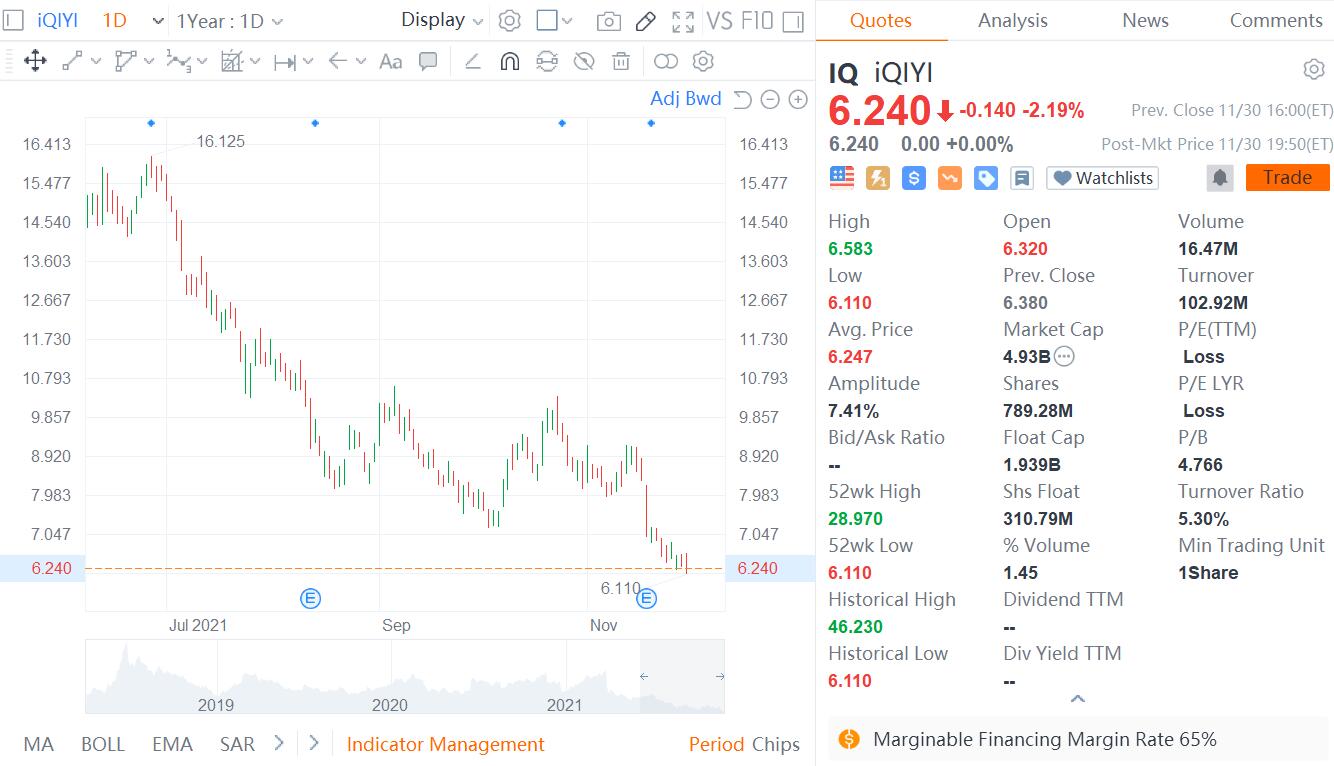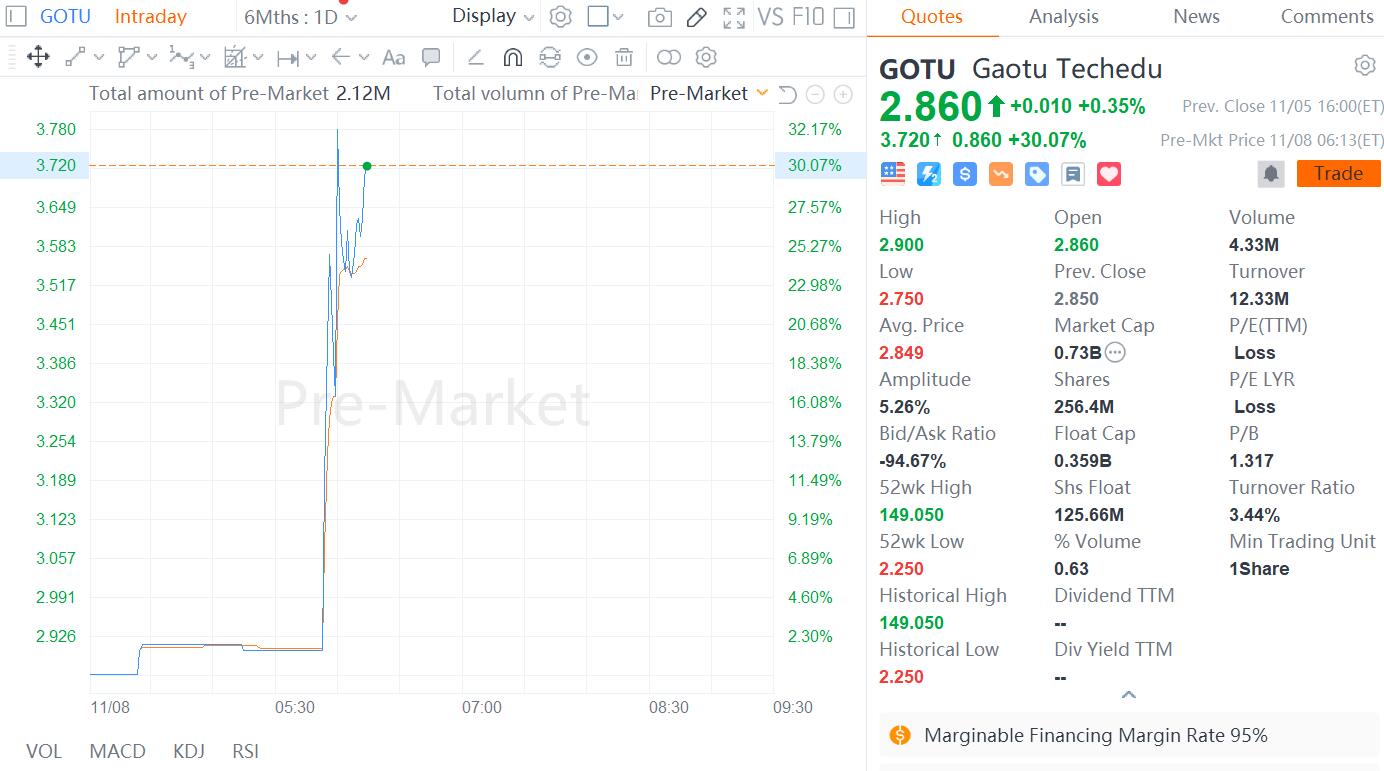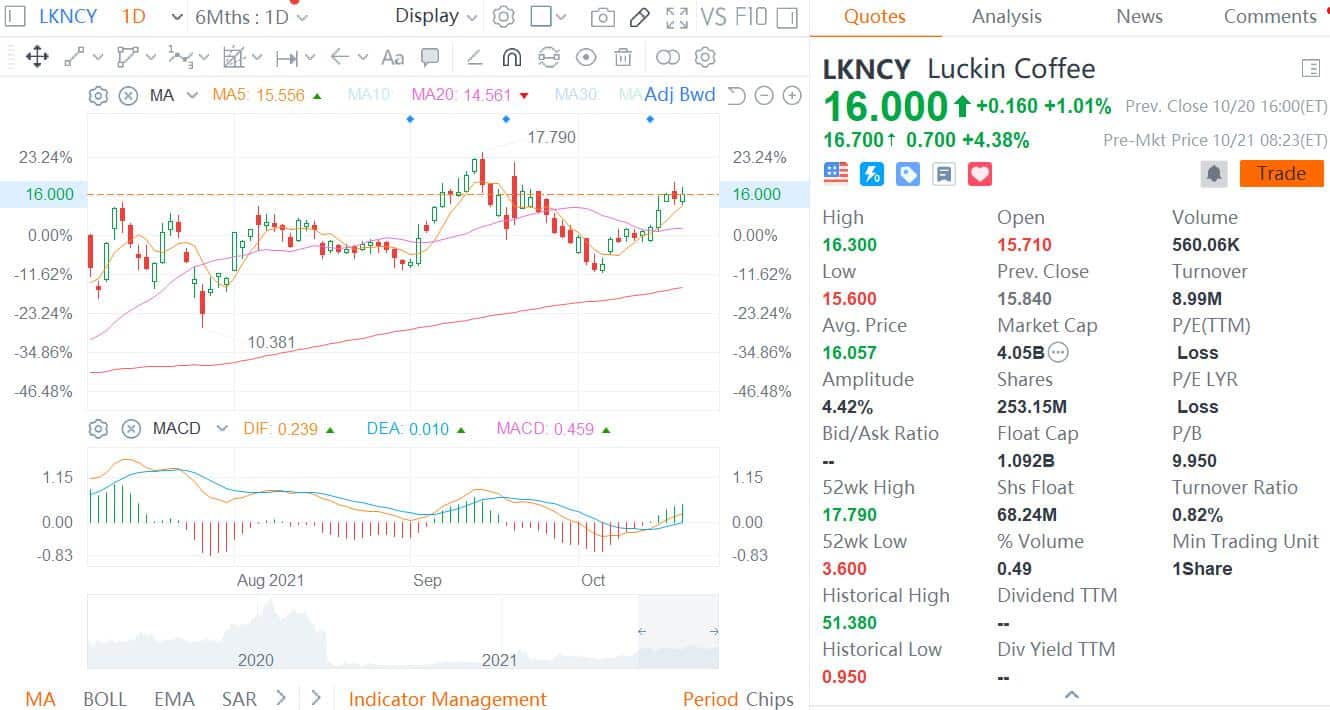
On March 5, Dong Chen, Dean of the School of Medicine at Tsinghua University, said that new coronary pneumonia may be transformed into a chronic disease in our population and coexist with humans for a long time.
On March 6, Zhang Yi of Wuhan University People's Hospital, Shi Zhengli, a researcher of Wuhan Institute of Virology, and others published a preprinted paper on the medRxiv website. They also believed that the presence of asymptomatic infection indicates that the new type of coronavirus may be latent in humans for a long time.
Could it be that we really want to live in the shadow of the new crown epidemic for a long time? In this regard, Gao Shan, an associate professor in the School of Life Sciences at Nankai University, has a different opinion.
A few days ago, the team led by Gao Shan published a preprinted article "Recoding Barcodes of New Coronavirus in 5 'Untranslated Regions in 2019 Revealing New Type Coronavirus Virus" on ResearchGate's website. We should keep high vigilance against "new rivals" lurking in wildlife.
New coronavirus has strong virulence
According to Gao Shan, although the "5 'untranslated region" upstream of the coronavirus RNA coding region is not expressed, its internal "ribosomal entry site" (referred to as the first site) can regulate most of the proteins of the coronavirus. Translation, function is very important, and it is a key factor affecting the virulence of the virus.
Therefore, Gao Shan's team studied the genomes of more than 1,200 Beta coronaviruses and found that all of the above viruses can be divided into four categories based on a special sequence in the first locus, and the virulence of each type of virus is close, and the special sequence is almost complete the same.
The first category includes the Middle East Respiratory Syndrome (MERS) virus and the HPU4 virus in bats, which have the strongest virulence.
SARS virus and new coronavirus belong to the second group, and their virulence is second only to the former.
The third category includes human coronaviruses such as OC43 and HKU1, which are less toxic.
"This particular sequence is like a barcode on a virus." Gao Shan said that the classification is very clear, and there is a significant gap in the virulence of coronaviruses between different classes. Further research found that the stem-loop structure upstream of the start codon of the first genes of the four types of Beta coronaviruses showed exactly four different morphologies.
Gao Shan believes that according to the available data, there are fewer types of viruses and host species found in the first and second types. It is likely that the virus is too strong and it is difficult for the virus to coexist with the host for a long period of time and gradually die out.
The third type of virus has weak virulence, and it is possible to acquire host adaptability and achieve long-term existence in the host after long-term evolution.
"Barcode" sequences are highly conserved and difficult to mutate, and it is unlikely that new coronaviruses will evolve into a third type of virus. According to its classification and virulence, as long as humans take effective prevention and control measures, it will most likely go extinct.
Beware of potential threats
Gao Shan told the Science and Technology Daily that classifying coronaviruses based on "barcodes" can simply and quickly estimate the unknown virus's virulence, laying a foundation for virus hierarchical management and making future prevention and control more targeted.
For example, many coronaviruses such as HPU4, HKU5 carried by bats, and HPU31 carried by hedgehogs belong to the first category. Although they have not been reported to infect humans, they should still be included in key surveillance and research targets.
"In addition, coronaviruses highly similar to the new coronavirus have recently been reported in pangolins." Gao Shan said that although pangolins may not be intermediate hosts for the new coronaviruses because the two viruses are not the same in variable translation typing. Moreover, the pangolin coronavirus genome does not have a Furin-specific site for novel coronaviruses.
However, humans still need to pay attention to the potential threat of this virus, and research has found that it belongs to the second type of virus. It is estimated that its virulence is at the same level as SARS virus and new coronavirus. Therefore, it is necessary to strengthen the research and monitoring of wild animals such as pangolins carrying dangerous viruses.
"In short, we must be highly vigilant about the first and second types of viruses that have been discovered and will have strong virulence in the future." Gao Shan pointed out that, in contrast, the third type of virus has many types and a wide range of hosts, which may cause periodicity. Small-scale outbreaks, but less toxic and less threatening.
"Classifying the virus according to the 'barcode' sequence is not limited to Beta coronavirus." Gao Shan said that we applied it to the analysis of influenza A virus and the results were highly consistent with the conventional serotype classification. The virus's 12 HA Subtypes and 8 NA subtypes each have a one-to-one "bar code".
Gao Shan emphasized that our current research is mainly based on bioinformatics analysis of the viral genome, and a lot of biological experiments are still needed to confirm it.
Special Report: Fighting The New Coronavirus









